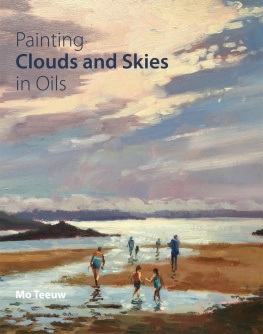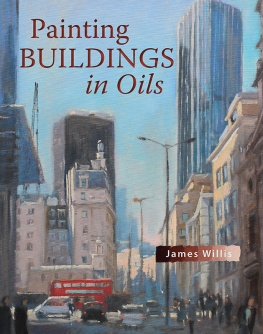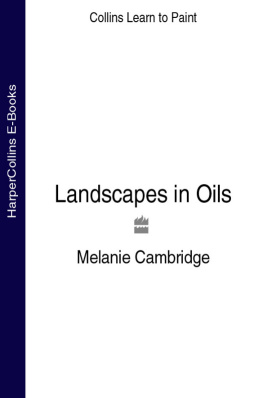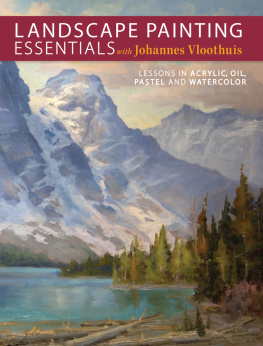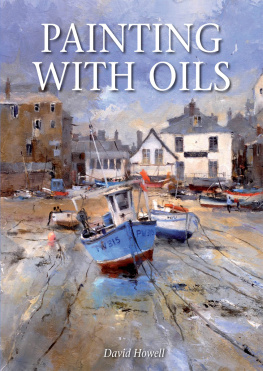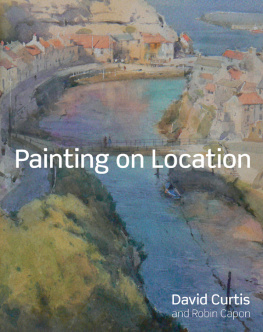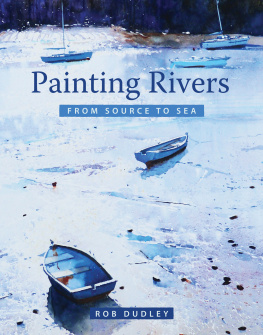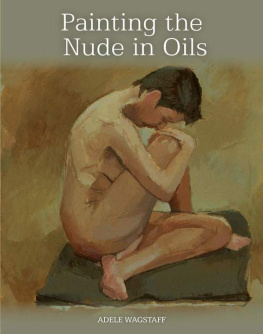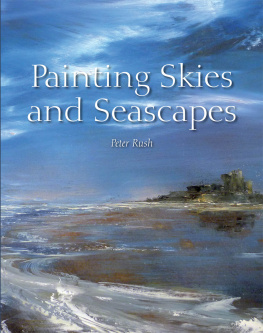Painting
Clouds and Skies
in Oils

Painting
Clouds and Skies
in Oils
Mo Teeuw

THE CROWOOD PRESS
First published in 2017 by
The Crowood Press Ltd
Ramsbury, Marlborough
Wiltshire SN8 2HR
www.crowood.com
This e-book first published in 2017
Mo Teeuw 2017
All rights reserved. This e-book is copyright material and must not be copied, reproduced, transferred, distributed, leased, licensed or publicly performed or used in any way except as specifically permitted in writing by the publishers, as allowed under the terms and conditions under which it was purchased or as strictly permitted by applicable copyright law. Any unauthorised distribution or use of thistext may be a direct infringement of the authors and publishers rights, and those responsible may be liable in law accordingly.
British Library Cataloguing-in-Publication Data
A catalogue record for this book is available from the British Library.
ISBN 978 1 78500 346 2
Frontispiece: A Skyfull (detail). Painted on canvas board.
Contents
Foreword
I have admired Mo Teeuws work, work ethic and teaching methods for many years; she not only produces masterful paintings but also inspires those whom she teaches.

Happisburgh Clouds, 14 18. Oil on canvas.
Painted from a plein air sketch. The clouds were coming off the land as the tide at Happisburgh receded rapidly. A great day for a windy walk on the beach but not so good for painting.

Summer Clouds, Blakeney, 12 12. Oil on canvas.
Mo is a professional member of the SAA (The Society for All Artists). She teaches regularly and has helped many members of the SAA, and others, to progress in their painting, especially in painting landscapes in oils en plein air.
Mos style is much in the frame of Constable and she shares his love of skies much inspired by the high skies of East Anglia. She brings several things to help you paint; being self-taught, she approaches painting from her own unique viewpoint and her time as a teacher has given her the gift to communicate her skills. But above all, she works at her art, painting nearly every day, and it is as true for her as for us all: the more she practises the better she gets. Furthermore, she puts herself about, she is a member of several art societies and exhibits at many prestigious exhibitions, and teaches both in England and abroad.
In this book, Mo starts from the beginning and clearly explains how you can create great skies in your paintings. From preparing the ground, to how to create exciting colour graduations. I recommend this book to you and urge you to study her ideas and teachings but above all, follow her and paint every day.
Happy painting!
John Hope-Hawkins
SAA Chairman
Introduction
F rom an early age I have always felt the need to paint. I wanted to go to Art College but was persuaded to get a proper job and so I headed off to a teacher training college and ended up teaching art in a secondary school. This, as it turned out, was a blessing as I then went on to run several adult education classes which in turn led me to running residential courses both in the UK and abroad.
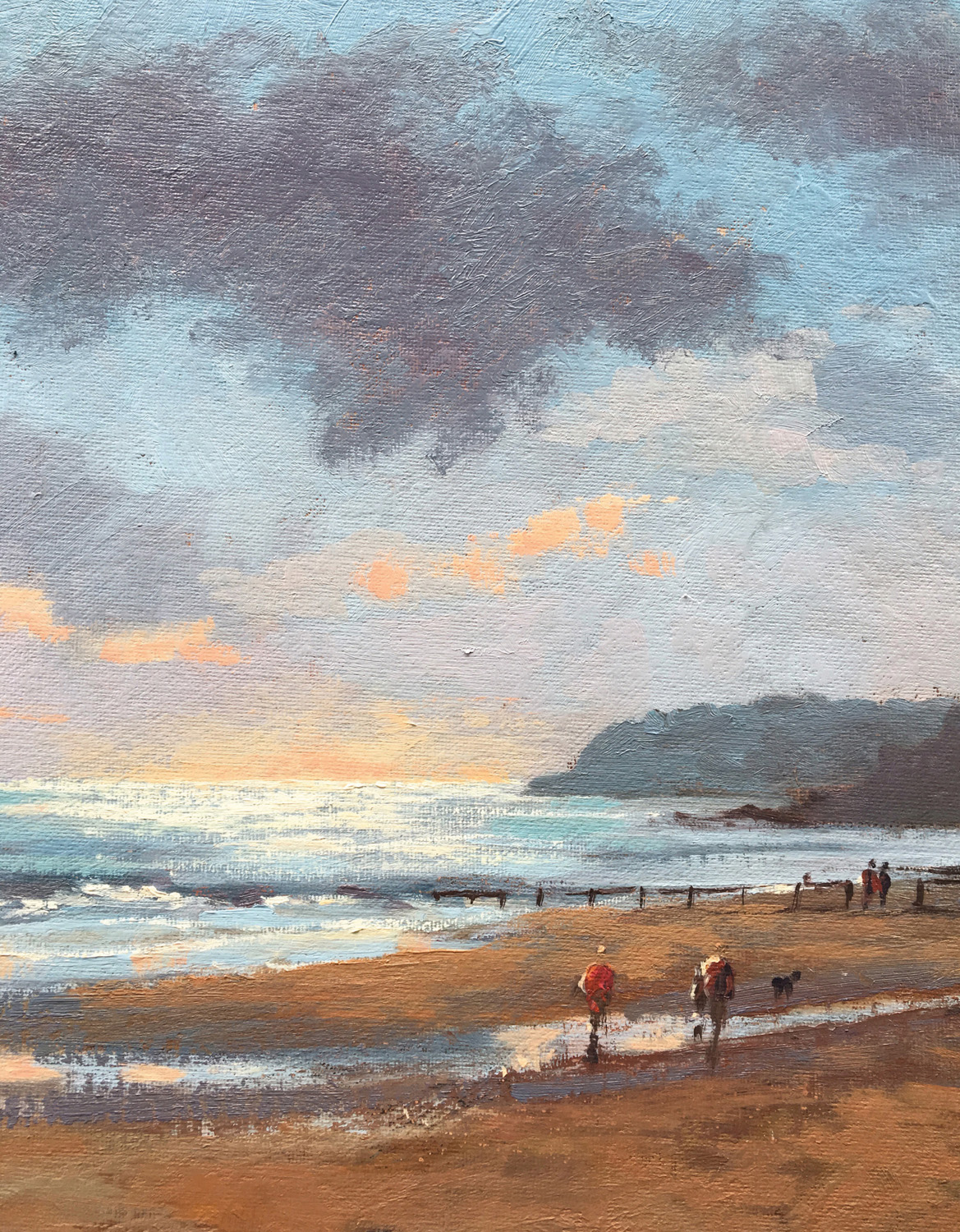
Evening on the Isle of Wight.
Through teaching I have made many good friends and met some amazing artists. I love to teach and pass on my knowledge. Nothing gives me more joy than to see the expression on students faces when they have that Eureka moment, whether its a successful painting or the mastering of perspective. I remember one occasion when a student, completely new to painting, came in one day, absolutely bubbling over with enthusiasm. Did you see the sky that morning? and Its true what you said, the sky isnt always blue and trees arent always green and brown. It was as though they were seeing for the first time. It made me realize how we as artists do see the world differently. This is something we mustnt take for granted.
I learn a lot through my classes too; by giving constructive criticism to groups and individuals, I am analyzing their work and assessing it as to why it does or doesnt work and in doing this, I have been able to recognize faults in my own work.
I live in the fens of Lincolnshire where it is very flat; in fact, just outside my village you can turn in a complete circle and not see any hills. Even the trees are few and far between, making it difficult sometimes to find a focal point.
I have always had a passion for landscape painting and love the big open skies around me so my paintings of Lincolnshire and Norfolk are more skyscapes than landscapes, therefore I was delighted to be asked by The Crowood Press to write this book about painting clouds and skies in oil paint.
By understanding clouds and cloud formations, we can make our paintings more believable. I feel that the sky sets the mood for a painting and I find that if the sky is right, the rest seems to follow.
The step by step demonstrations in this book will hopefully inspire you to have a go, not just to copy my work and style but also to develop your own way and to give your own interpretation of the subject. By following the demonstrations, you will build your confidence and go on to use your own source material. Constant practice and experimentation will help you find your own style, which will happen naturally and continue to evolve.
As mentioned, I have met some wonderfully talented artists on my painting trips in the UK and abroad. I am delighted to be able to have the chance to share with you some of my favourite painters, each artist with their own unique styles and methods of painting. Each artist shows his or her different take on sky painting.
CHAPTER 1
Equipment
Without tubes of paint there would have been no Impressionists.
PIERRE AUGUSTE RENOIR
W ith so many choices, buying art supplies can feel overwhelming. There are many options when it comes to brushes, painting supports and paints. Having the right equipment is as essential as having the right subject to paint. It is important that you are able to have everything to hand and that you are comfortable. There are vast arrays of easels, paints, brushes, supports, mediums and so on that are out there to tempt us. Finding what works well for you is a matter of personal taste.
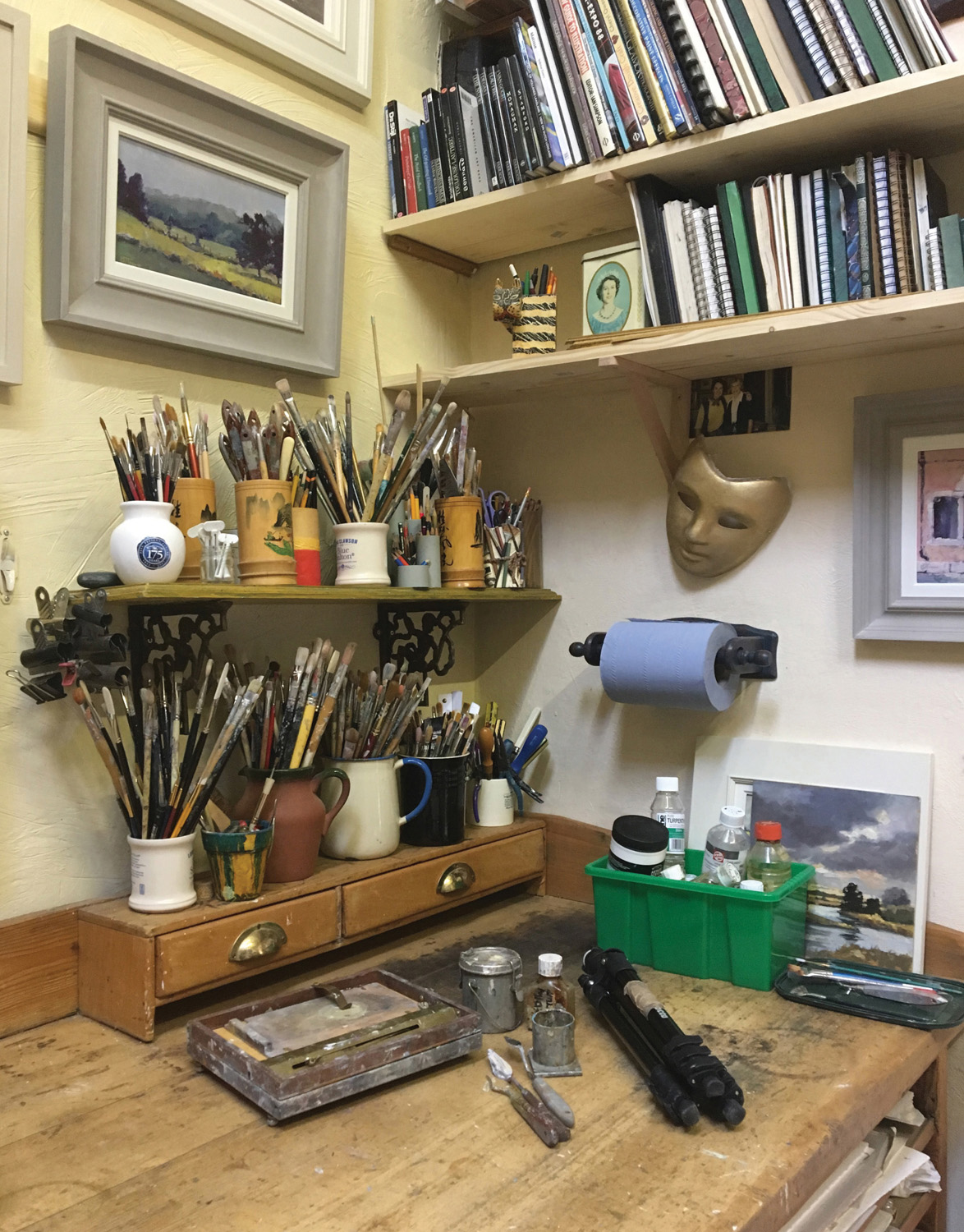
An organized corner of the studio with sketch books and brushes on shelves.
BRUSHES
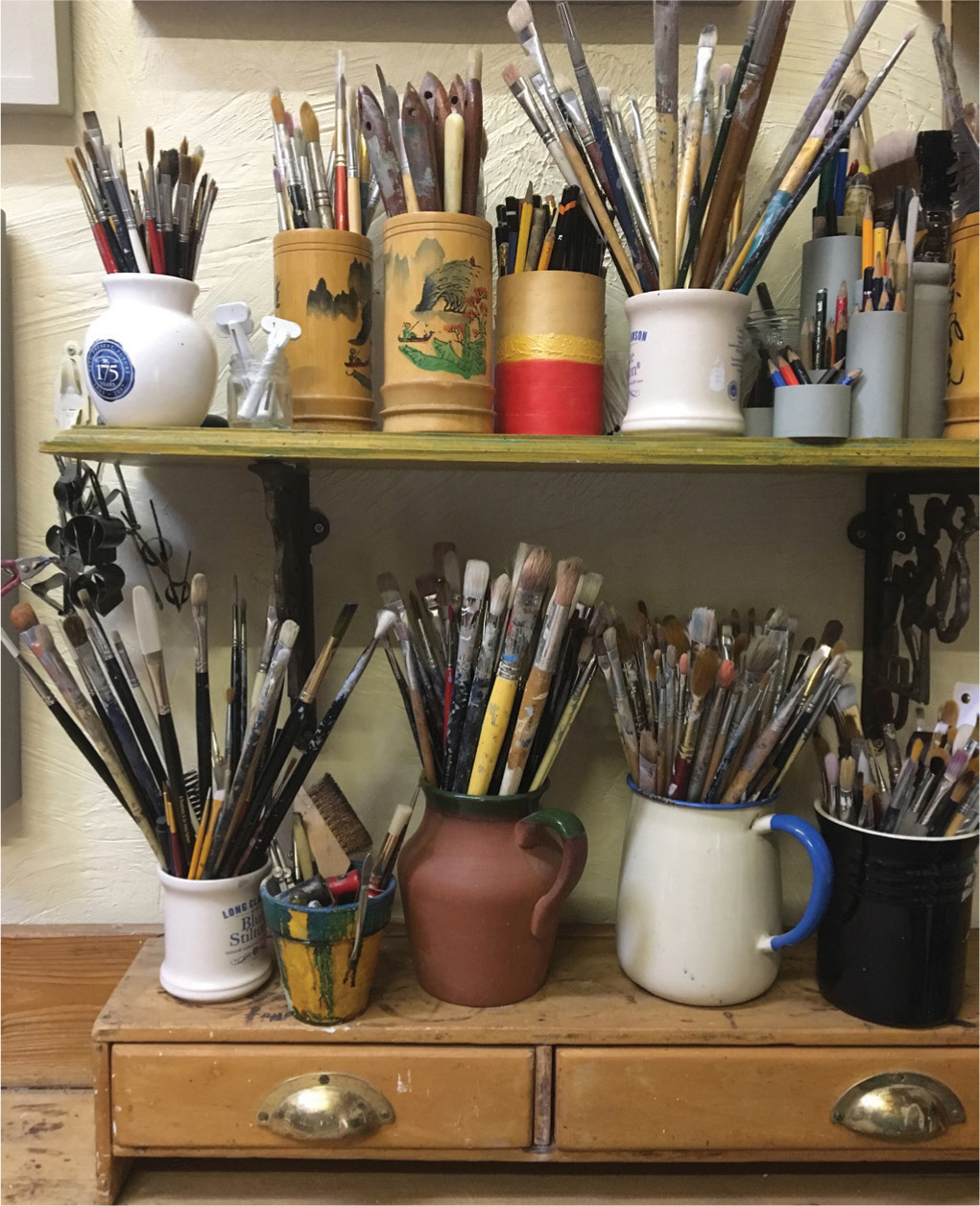
Hog hair brushes come in four basic shapes. Round, filbert, flat and the rigger. It is useful to have a good selection of each. This picture shows brushes collected over the years. As they wear out, use them for underpainting to save wear on your new brushes.
Brushes are a matter of preference. Most artists have a tendency to use bristle or hog hair brushes, preferring the stiffness of the bristle. It is these that are usually associated with painting in oils and acrylics. There are many nylon brushes which, although cheaper and sold as oil painting brushes, tend not to hold the paint as well as the hog hair alternative. Hog hair brushes are often used for painting in oils. They come in four basic shapes: round, filbert, flat and rigger. Some artists like the softer feel of a natural hair brush, an example of which would be mongoose.
Next page
